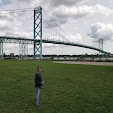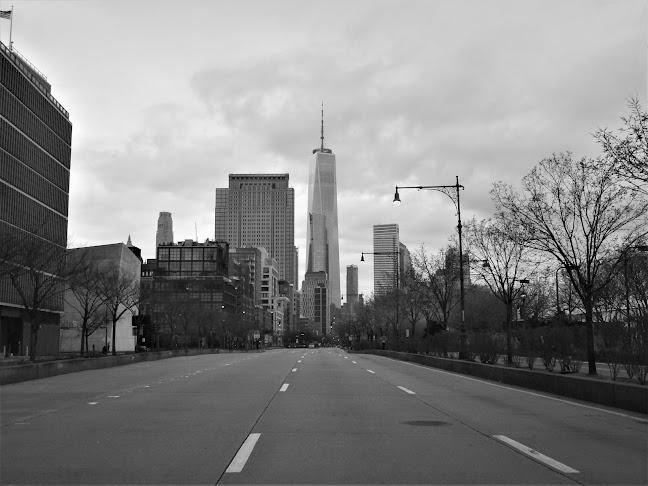Well, what
can I say? 2020 was a year like no other. The losses humankind suffered during
this period were unimaginable when the year began less than 400 days ago. We
lost so many things – friends, loved ones, co-workers, colleagues. We lost the
things we’ve taken for granted all our lives - human touch, family traditions,
concerts, and school. We also lost jobs, careers, our patience, our sense of
security, and our health. And some lost hope. But something else happened in
2020 – we *found* a lot of things too. We found Zoom & Skype. We found heroes,
healthcare workers, and other selfless essential personnel. We found comfort,
deeper connections, strength, and resilience. And so many of you found… us.
In 2020, our
websites, blog posts, and YouTube channels were found and viewed by countless
new sets of eyes. For example, the encyclopedia of highway footage that is the ‘roadwaywiz’
YouTube channel was never more popular with audiences than it was this past
year. People flocked to the channel in numbers not before seen and the channel’s
expanded *live* programming schedule incorporated road enthusiasts from all
corners of America and entertained many more. Given that everyone was
stuck in their homes wishing they could travel instead of actually doing so, outlets such as this one enabled folks to do just that - virtually taking viewers to most corners of North America from the comfort of their own homes.
People have asked me what my favorite memory from this past year is and, on the surface, it might seem like an odd question, given the tumult of the last 300 days. It was March 28 – I was sitting in my living room in Dutchess County, NY and I was giving a live webinar presentation on the freeways of Las Vegas. (Go on YouTube and search “Wiz Webinar Las Vegas” – you’ll find it.) In the past, I had done these presentations with other folks in my direct company and I never had the desire to become proficient in Skype/Zoom in order to bring folks into the conversation remotely. Yet that is what was necessary and that is what happened. I and many of my “roads scholar” friends became experts in these services overnight in order to make this presentation possible.
Yet there was something else that struck me in the middle of this episode. It happened during the 2nd half of it or so, probably during the video portion of the program. It all just hit me that during this day of fear, darkness, and uncertainty, here I was talking with my friends Steve, Doug, and Josh about ROADS. Just like always. For two hours, it was almost as if nothing was wrong in the world and that little “Moment of Zen” (to borrow the expression) is what stayed with me all this year, and it’s the one feeling I remember most fondly about 2020.
Gribblenation also continued to expand its reach in 2020 by incorporating new bloggers and introducing audiences to new locations. We were there for you when things looked their darkest and we’ll continue to serve as your next best distraction when you need it. It may not take me very long to tell the stories of America’s roads and historic sites, but rest assured that Adam, Tom, and Doug will always be “up to something” and it’s our collective mission in 2021 to pick up where we left off and continue sharing our experiences with you. Why? Because every road has a story!






Comments